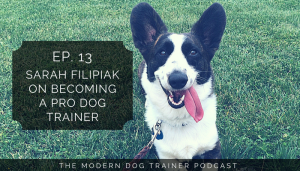
How to Create Your Own Dog Training Group Class Curriculum
 Creating a great group dog training class curriculum involves a lot more than what behavior’s you’re teaching the dogs. You’ll need to consider the people you’ll be teaching as well so you can set everyone up for success! Below you’ll find the many aspects that should go into your group class curriculum planning.
Creating a great group dog training class curriculum involves a lot more than what behavior’s you’re teaching the dogs. You’ll need to consider the people you’ll be teaching as well so you can set everyone up for success! Below you’ll find the many aspects that should go into your group class curriculum planning.
Set Expectations For Your Dog Training Clients
Arguably, the most important part of establishing a group class curriculum is to set expectations for the clients (and yourself). Be sure to include the following information in your class handouts so that they know how to prepare, what to expect, and what they’ll be working towards. It is also a good idea to review this in class before training begins to make sure the students have all heard the material at least once. Attendance – Describe where classes will be held. Include whether they’ll be indoors, outdoors, or if you’ll hold classes in different locations depending on the week. Explain what your cancellation or no-show policy is, but include steps your client can take if they have an emergency or change in schedule. Explain when they should or should not bring their dog. Include your policy about bringing family members or friends. Location – Clearly identify where the group classes will be held and include specific navigation tips if the location is difficult to find, in a large park, or if parking is restricted to certain areas. The last thing you want to clients to experience is getting lost trying to find the class or coming back to a parking ticket on their car. Materials – You’ll want to be clear about what tools and materials students should bring to class (and what they shouldn’t bring). Be specific! Don’t just say “treats.” Explain that they need 100 or more m&m sized treats in a quart sized plastic bag. Explain that they need a 6ft non-extendible leash with a harness or buckle collar on their dogs. You can get even more detailed by including information on what kind of footwear they should wear, whether they should bring a jacket, a chair, a mat, or a bowl for water for their dog. Entering & Exiting Class – The most hectic time of a group class is the time students enter and exit the class. Consider establishing a policy or formal process for how to do this. Which door should they enter or exit through? Who will exit first? What should students do while they wait for class to start? Think ahead to common scenarios your students may experience to help them navigate this situation more easily. You may even want to explain how to get out of the car so the dog stays focused right off the bat. (Check out Leslie McDevitts’ reorienting default behavior in her book Control Unleashed: The Puppy Program.*) Behaviors – You’ll want to include a list of behaviors you’ll be teaching in the class. You can use images to demonstrate what these behaviors are or describe them in detail. Will you be training a sphinxed down or a relaxed down? What does “loose leash walking” look like? What does “leave it” look like? First-time dog owners may not understand what some common dog training terms mean so put yourself in their shoes get a better understanding for what they’ll experience. Goals – Why should people attend your group class anyways? What is the point of all this training? Speak to the client’s needs and personal goals such as to train your dog to be a great community member and companion, to have a dog you love to show off to your friends, to have a dog that’s a pleasure to walk with every day. Your clients are looking into training because they are experiencing a certain issue. Whether it is hyperactivity, pulling on the leash, or jumping on guests, make sure your group class curriculum highlights the point of all the work they’re about to put into training their dogs. Think along the lines of “how will this group class improve their lives?”
Provide Dog Training Instructions (In More Than One Format)
Before you dive into teaching classes, take some time to think about how you’ll teach the behaviors you’re aiming for. Consider whether your clients will be more effective with luring or shaping and whether you’ll use verbal marker training or if you’ll add a clicker to the mix. Once you have a list of behaviors you’ll be working towards, describe them in detail and note the progression you’ll expect from the dogs as they work towards the final goal behaviors. Break down each behavior into several steps, jot down some ideas for how you’ll change things up if a dog isn’t progressing how you’d like, and include details about how you’ll proof the behaviors as the weeks go on. (While you may not go into this level of detail in student handouts, it is important to think through these scenarios before class so you’re prepared.) Take into consideration how people learn differently. Some people learn better by watching videos, others by hearing instructions, and some by trial and error. Your students may not remember exactly what you said in class so, in addition to written instructions, you may want to create some instructional or demonstration videos to help your students practice at home in between classes.
Prepare Dog Training Exercises For Students
Think about what kind of exercises you can have clients do to practice their new behaviors. Will you set up cones for students to walk around? Will you line them up and have one student walk by with their dog? Will you have one person work on recall while others practice stay? Think about ways you can increase the challenge a little bit to help them work through day-to-day real-life situations they may encounter. This is a great time to review the goals of the class and create some scenarios that can help them work towards their end goals.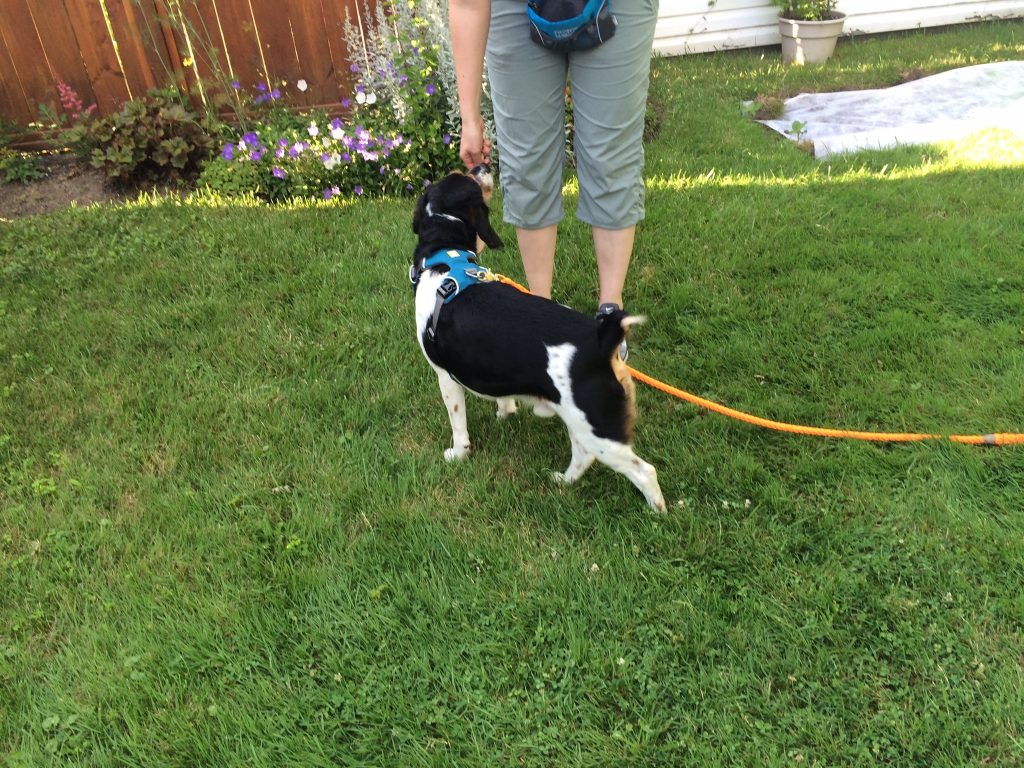
Implement Group Class Games For Proofing Behaviors
One way to make training fun and keep people engaged in class is by incorporating group class games. Once the dogs (and their people) are past their basics, you can begin to include games in each class. Check out Terry Ryan’s book, “Gamify Your Dog Training” for game ideas or create some of your own!*
Offer Next Steps For Group Class Graduates
Students that have a blast in your dog training class will want to continue training. Once they realize that training can be fun, that it can improve their dog’s behavior, and that it can be a great reason to get off the couch and enjoy some time outside, they’ll appreciate having a next step to take with their dog. Think about how you can encourage them to come back for more training. Will they be able to “level up” to a new class? Will you introduce them to dog sports? Will you host group community walks? What activities, group classes, or events can you organize to keep them coming back? Don’t forget to sign up for our monthly newsletter below to see more dog training business tips and resources! * This is an affiliate link. These links help support the blog so that I can continue to create helpful materials for you!


 4. You’ll Gain Industry Insights Found Nowhere Else
4. You’ll Gain Industry Insights Found Nowhere Else
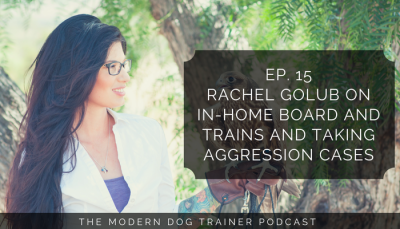
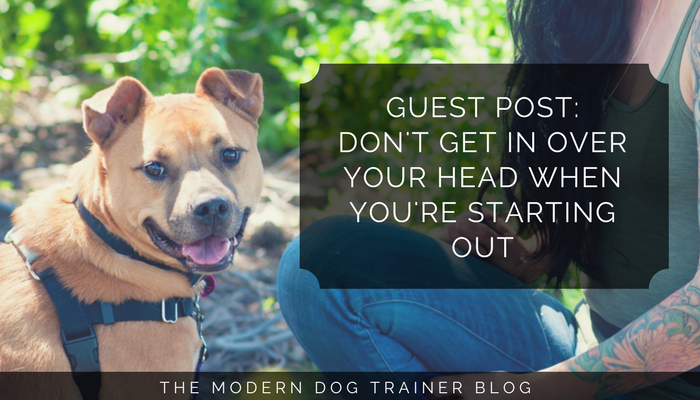
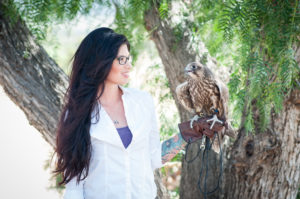 About Rachel Golub, CDBC, CPDT-KA
About Rachel Golub, CDBC, CPDT-KA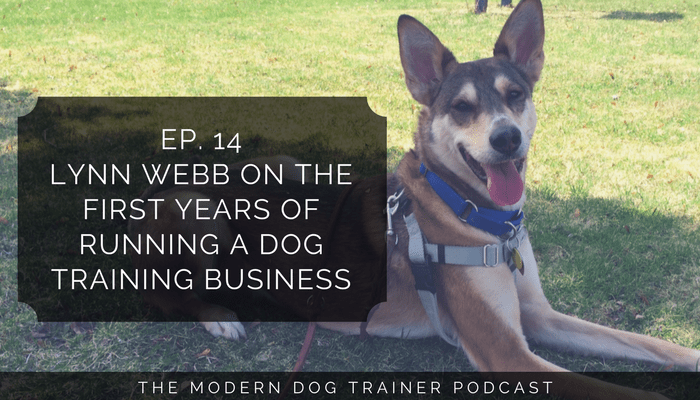
 Lynn’s education includes a Master’s Degree, certification in dog training through Karen Pryor Academy, certification in Canine Massage through Rocky Mountain School of Animal
Lynn’s education includes a Master’s Degree, certification in dog training through Karen Pryor Academy, certification in Canine Massage through Rocky Mountain School of Animal 
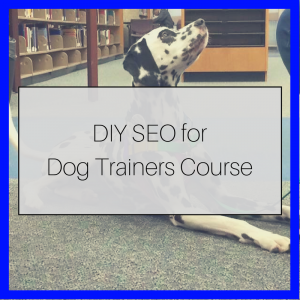
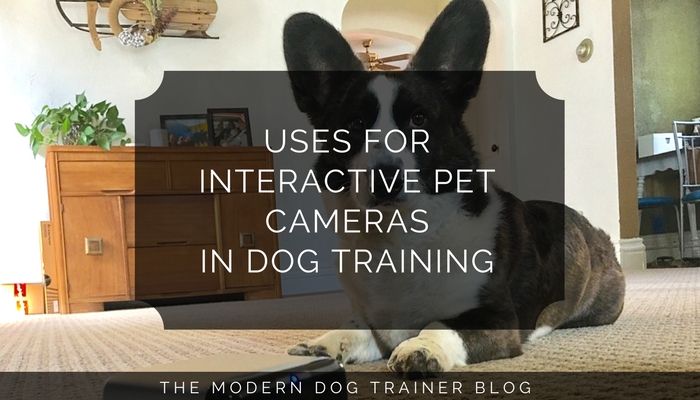
 Every once in a while, I get a request from a company to do a product review. I don’t accept all products as that isn’t the main point of this blog, but sometimes I see a product that interests me and that I think would interest my readers. The Petcube is one of those products I didn’t want to pass up and I’m glad I didn’t.
Every once in a while, I get a request from a company to do a product review. I don’t accept all products as that isn’t the main point of this blog, but sometimes I see a product that interests me and that I think would interest my readers. The Petcube is one of those products I didn’t want to pass up and I’m glad I didn’t.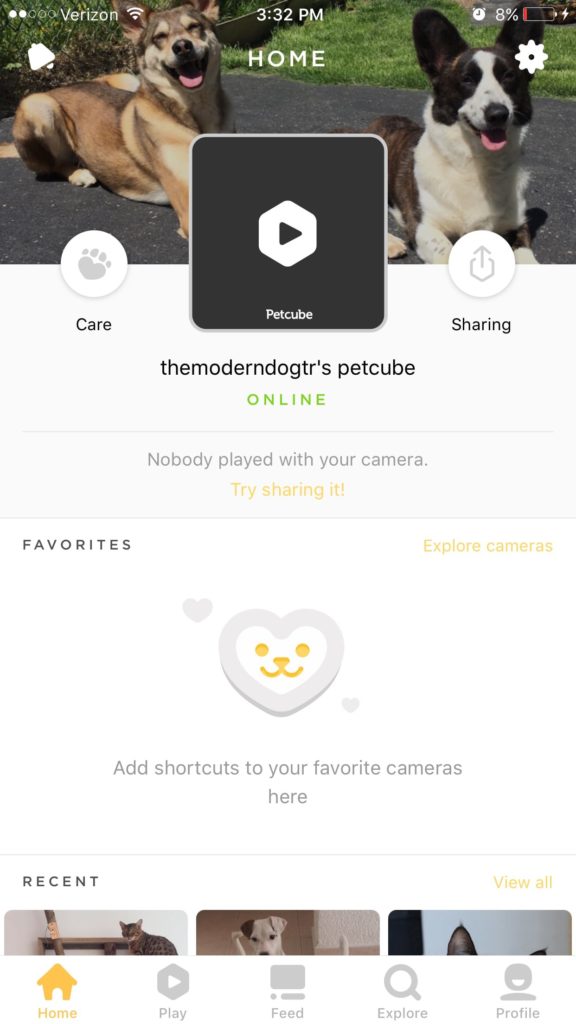

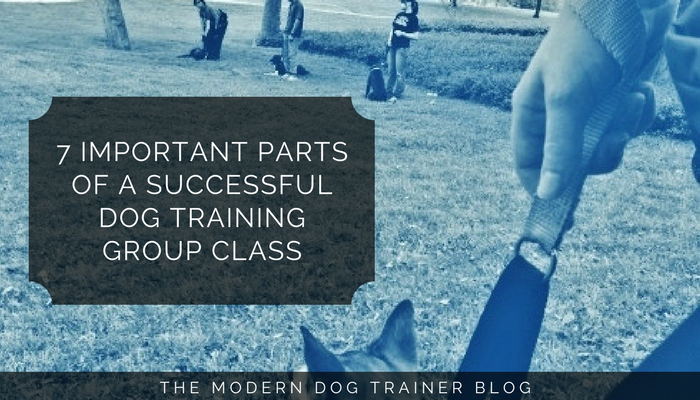
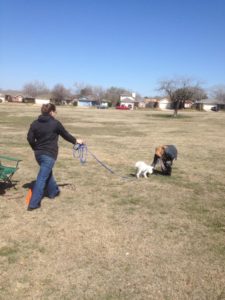 Make sure you are confident enough to speak in front of a few other people and lead them through the steps of the curriculum.
Make sure you are confident enough to speak in front of a few other people and lead them through the steps of the curriculum.